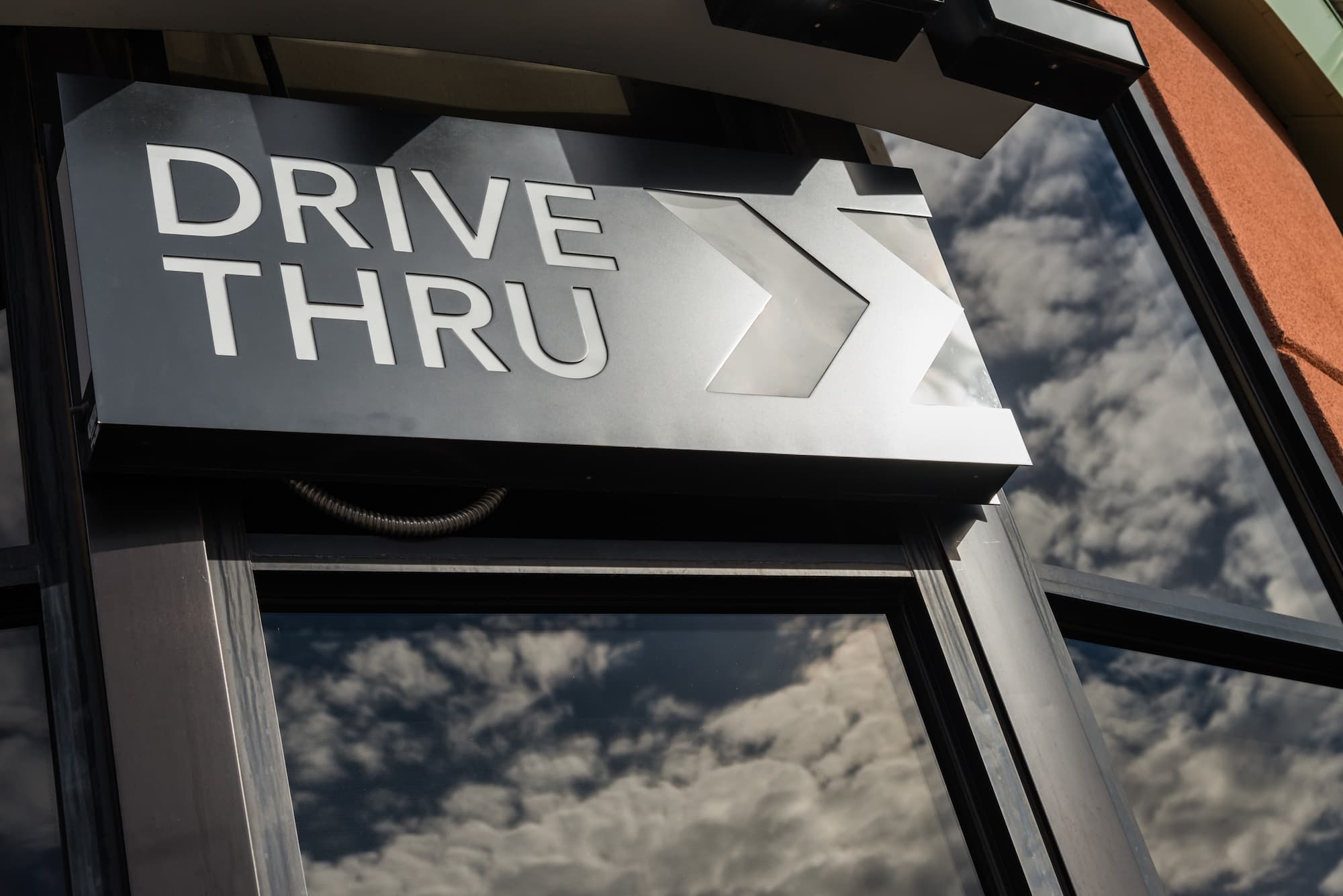Software-defined wide-area networks—also known as SD-WAN—are becoming increasingly popular among retailers. In 2015, Gartner predicted that 30% of enterprises would have deployed SD-WAN by the end of this year. Today, their estimate holds up, with the International Data Corporation (IDC) expecting the market to grow at a 40.4% compound annual growth rate over the next three years, reaching $4.5 billion by 2022.
So, why this boom? Traditional wide-area networks are underpinned by expensive hardware and complex infrastructure, which managed service providers must often integrate into even older legacy systems. An SD-WAN simplifies retail IT deployment and management by making the network—as the name implies—software-driven and -defined. It can overlay an existing topology, bringing agility and speed to retailers no matter where they are.
Here are some other features of SD-WAN you should know about.
Centralization
Retailers, especially ones with international operations or aspirations, are among the biggest beneficiaries of this technology. With SD-WAN, MSPs can quickly make changes across multiple sites from one centralized location in near-real time. In-store security cameras, sensors, and IoT devices like locks and thermostat systems can all be controlled from a single data center.
This feature has compelling applications. A warehouse in Hong Kong, for example, can be seamlessly integrated into a network in the United States. Likewise, a retailer with outlets in multiple countries can have a security camera network that all feeds back into a single cloud-based application, eliminating the need for costly wired networks and duplicating of personnel.
Security
Cyberthreats are continuously evolving—and the consequences are dire. Malicious cyber activity cost the U.S. economy between $57 billion and $109 billion in 2016 alone. Retailers and MSPs must take necessary precautions to protect sensitive consumer data such as addresses, spending history, and banking information.
SD-WAN provides end-to-end encryption across the entire network, including the internet. Devices and endpoints can be completely authenticated, thanks to software-defined security and scalable key-exchange functionality.
This technology is not infallible, though. Retailers still need to work with skilled MSPs to ensure their SD-WAN is secure. That means holding the network to the same rigorous security standards as other areas of IT infrastructure. Also, use a private global network whenever possible.
Savings
Sending technicians to 10 different stores to repair and install equipment can quickly become expensive. But, as previously mentioned, SD-WAN essentially runs on top of the existing network. As a result, it eliminates the need for costly hardware. The centralization of SD-WAN also reduces the cost of maintenance and upkeep.
Expansion
SD-WAN tears down some of the impediments to global expansion. For example, many countries restrict the import of certain hardware. SD-WAN’s cloud and virtualization capabilities allow for a seamlessly connected system while reducing dependence on hardware.
This streamlined technology also allows brick-and-mortar brands to set up “pop-up” stores in international markets quickly and easily. In turn, retailers can accurately analyze demographics and gauge demand before heavily investing in a new location.
Bandwidth
With the digitization of the shopping experience, networks have come under tremendous strain. Peak traffic times, digital signage, security cameras, and point-of-sale systems—not to mention video-conferencing for employee training—all require a significant amount of bandwidth. An SD-WAN can redistribute some of the traffic to ease the load on the system. No one wants their system to falter on the biggest shopping day of the year.
From a retail standpoint, the world is shrinking at a rapid rate—and SD-WAN is a natural next step. Our global partners can help you navigate the challenges associated with SD-WAN adoption in international markets. Contact us for a consultation and to learn how Kinettix can simplify your retail IT deployment.






